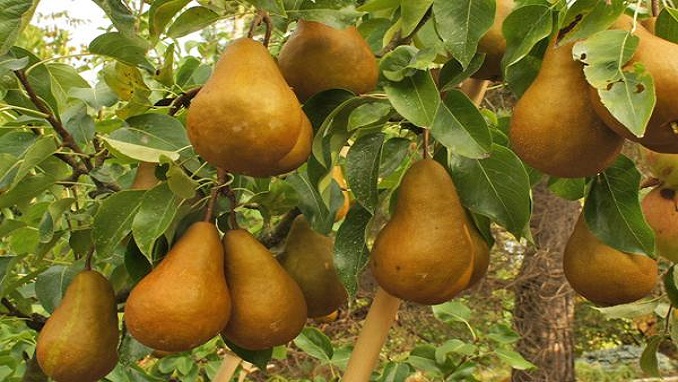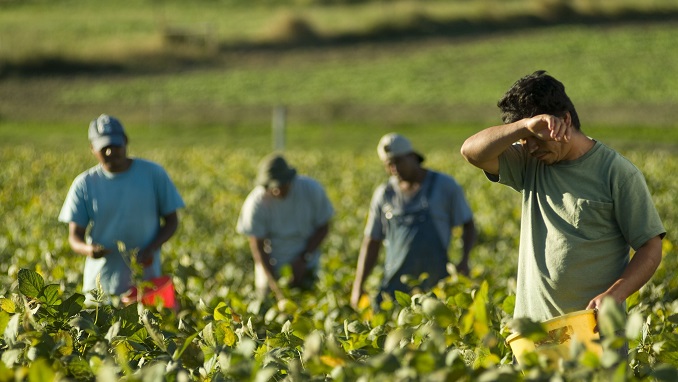Tajikistan, located in Central Asia, is a country that has been experiencing significant economic and political changes in recent years. The country’s market situation, particularly in terms of prices, trade, and commerce, is constantly evolving and presents both opportunities and challenges for businesses and consumers alike. This update aims to provide a comprehensive overview of the current market situation in Tajikistan, highlighting key trends, challenges, and opportunities in various sectors.
When compared to the previous week, the prices of essential food items such as first-grade wheat flour and rice have remained steady, whereas vegetable oil and cotton prices have decreased by 1%. Conversely, the average cost of sugar has risen by 2%, a new report by WFP argues.
During the past week, the mean cost of eggs has risen by 3%, and in comparison to the corresponding period of the preceding year, it has surged by 31%.
Due to dwindling supplies in warehouses and food markets, the mean costs of vegetables such as onions, potatoes, cabbage, and carrots have escalated by 3-4% in contrast to the previous week.
When factoring in the initiation of seasonal activities like construction, communal, and agricultural work at the markets of Bokhtar, Istaravshan, and Rasht, the remuneration for unskilled laborers has surged by 13-17% compared to the previous week. On the other hand, skilled workers have observed an increment of 4-9% in their wage rates, according to WFP.
The mean costs of gasoline and diesel have remained unchanged since last week. Conversely, liquefied petroleum gas (LPG) prices have escalated by 2% in contrast to the preceding week.
In conjunction with the agricultural advisory group Neksigol Mushovir, WFP Tajikistan has been overseeing the rates of goods in various markets throughout the nation. The markets that are monitored encompass five primary and ten secondary markets, with an emphasis on essential items that are consumed by the populace. At the commencement of each week, the cost data is gathered by a network of field enumerators, who conduct interviews with numerous merchants for each commodity and document the mean prices.



